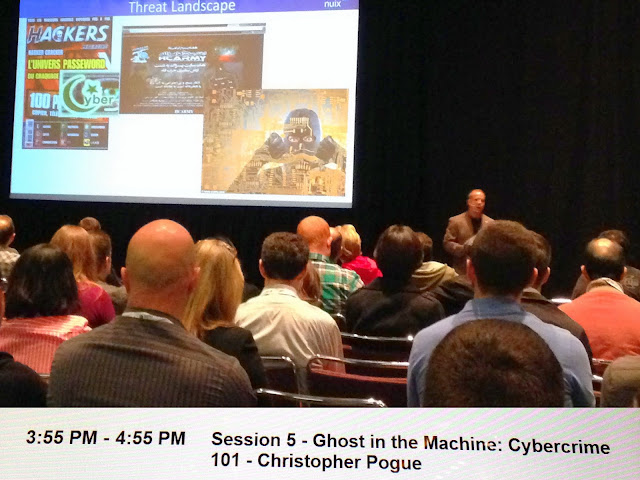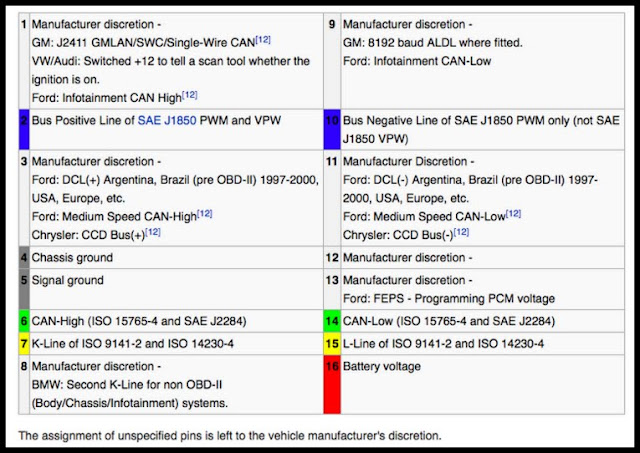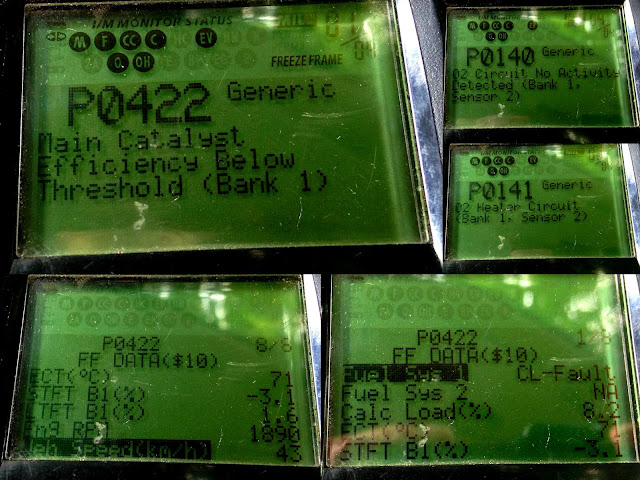Online security.
There’s 1 day left of SecTor, Canada’s premiere security conference.
That blog title is not dramatic, it’s like 98%. Makes sense, look how fast we adopted the internet of everything, that’s currently pretty vulnerable and held together with popsicle sticks, a nightmare is coming, one day you’ll tell your grandchildren of a time when people’s password was password, tada! You have a job for life.
I went straight for the car hacking stuff.
What to do while there
Check out the Keynote while eating lunch, and making friends.
Sit in on a talk, which looks like this.
That’s Christopher Pogue of Nuix, talking about cybercrime and forensics. He made a good point: if the 3rd parties and vendors connecting to your network aren’t secure, neither are you.
Or if you feel shy, go to the lock picking village and grab a seat; I find people into locking picking are generally welcoming and fun.
Take the requisite conference-bathroom-selfie.
Don’t be shy to ask questions! And don’t let the nature of the information put you off, it’s a friendly crowd.
Too bad you missed the annual party, though. Finally after 1,000 emails got meet Sabrina, who runs communications & media, and edited my article about the car hacking keynote by Chris Valasek.
Whom I also met IRL, read that piece here.
Tickets and location information here, and whomever’s running their Twitter is funny @SecTorCa #SecTorCA
One day I’d like to give a talk, maybe another year of quiet study first.
I have 3 possible topics, but they’re not yet strong enough to type here.
Blog tag = SecTor











